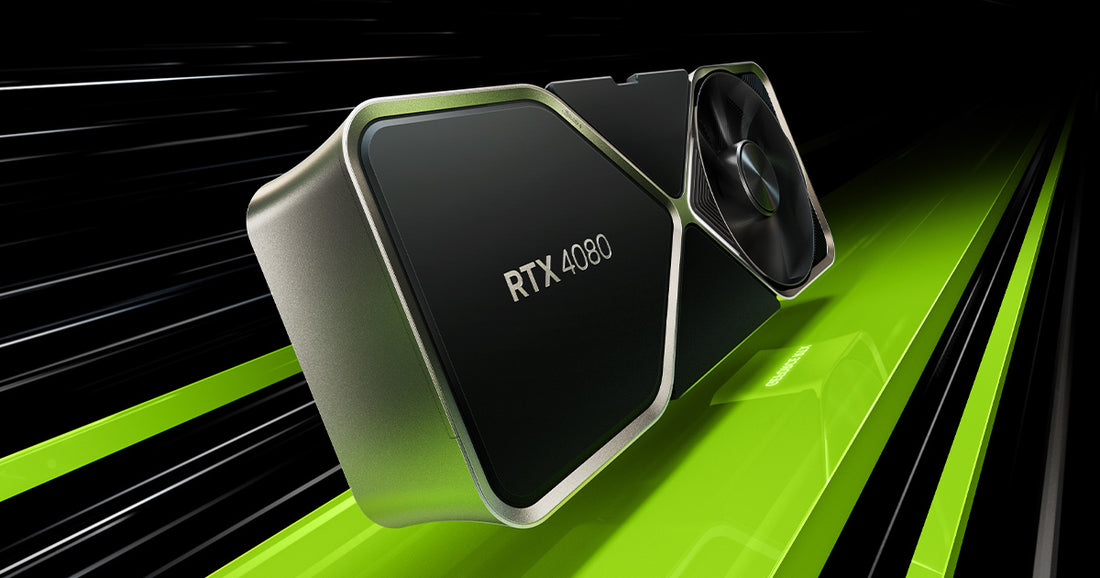Nvidia 4000 series GPU
Introduction:
The release of new graphics processing units (GPUs) from Nvidia always generates excitement and interest from the gaming and tech communities. The latest iterations, the Nvidia 4080 and 4090, promise even better performance than their predecessors. In this blog post, we will discuss the performance of these GPUs and their potential impact on the gaming and technology industries.
Specifications:
The Nvidia 4080 and 4090 are both built on the new Ada Lovelace architecture, which promises to deliver significant improvements in performance compared to the previous Ampere architecture. The 4080 has 9728 CUDA cores, and 16GB of GDDR6X memory, while the 4090 has 16384 CUDA cores, and 24GB of GDDR6X memory. Both GPUs support hardware-accelerated ray tracing, DLSS (Deep Learning Super Sampling), and are capable of achieving over 100 frames per second (fps) in 4K resolution.
Performance:
Initial benchmarks and tests have shown that the Nvidia 4080 and 4090 are significant upgrades in terms of performance compared to their predecessors. The 4080 is reported to offer a 30-50% increase in performance over the 3080, while the 4090 is said to deliver up to a 25% improvement in performance over the 3080 Ti. In terms of ray tracing, both GPUs have shown significant improvements, with the 4090 reportedly offering up to a 50% increase in performance compared to the 3080 Ti.
Impact on the gaming industry:
The release of the Nvidia 4080 and 4090 has significant implications for the gaming industry. The increased performance of these GPUs will allow for more realistic graphics, faster frame rates, and smoother gameplay. This will undoubtedly enhance the gaming experience for players and push the boundaries of what is possible in terms of game design and development. It will also provide developers with the opportunity to create more complex and realistic virtual worlds, which will help to drive the growth of the gaming industry.
Impact on other industries:
The improved performance of the Nvidia 4080 and 4090 is not just limited to the gaming industry. These GPUs will also have a significant impact on other industries, such as AI, machine learning, and scientific research. The increased performance of these GPUs will enable researchers to analyze larger datasets and run more complex simulations, which will help to drive innovation in these fields.
Conclusion:
The Nvidia 4080 and 4090 are impressive GPUs that offer significant improvements in performance over their predecessors. Their release will undoubtedly have a significant impact on the gaming industry and other fields that require high-performance computing. While the cost of these GPUs may be a barrier to some, for those who require the highest level of performance, they represent a significant investment that will pay off in improved productivity and innovation.




